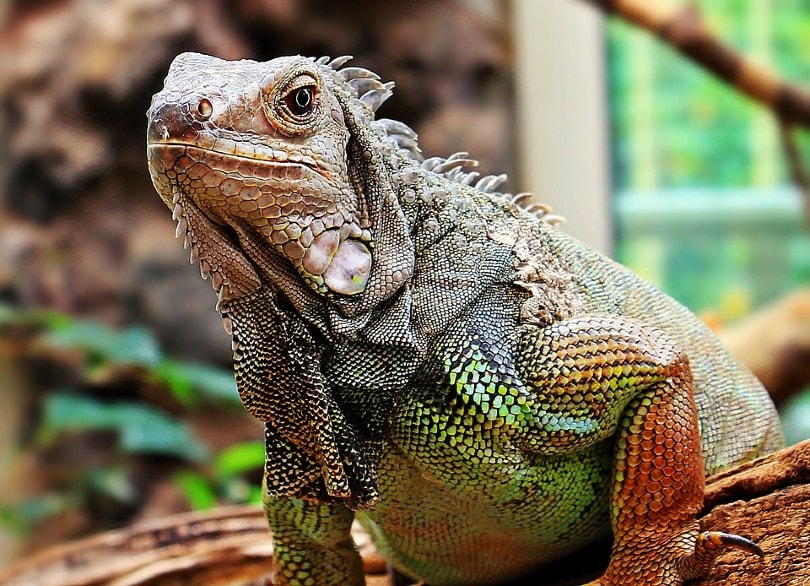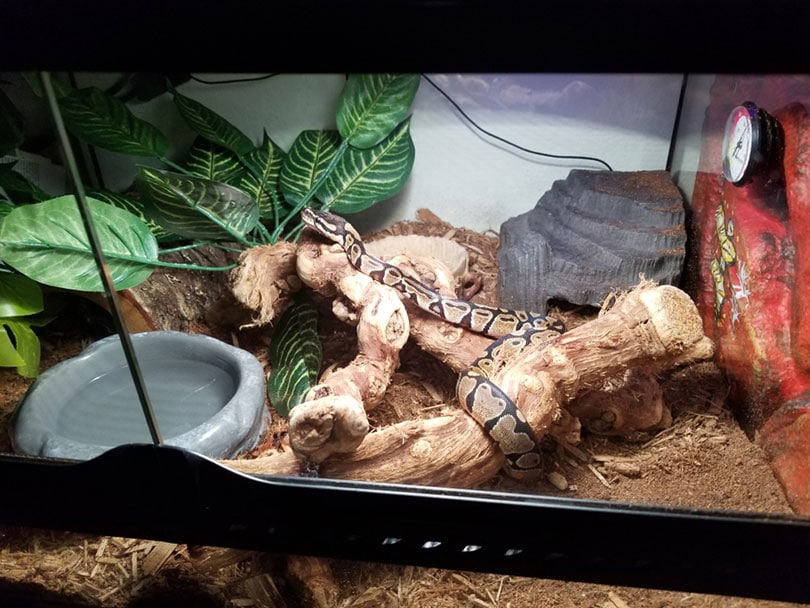VET APPROVED

The information is current and up-to-date in accordance with the latest veterinarian research.
Learn more »Click to Skip Ahead
Guinea pigs, also known as “cavies”, are small, domesticated rodents that make popular pets. They’re native to South America and are known for their docile nature and social behavior. Guinea pigs are loved for their gentle temperament, making them suitable companions for both children and adults alike. But the one question that has puzzled many guinea pig owners and pet enthusiasts alike is whether these adorable critters actually have tails. So, do guinea pigs actually have tails? Interestingly no, they don’t. Keep reading to learn about why and more interesting facts.

A Brief History of Guinea Pigs
Despite their name, guinea pigs (Cavia porcellus) are neither from Guinea, nor are they related to pigs. The name “guinea pig” is believed to have originated from the price at which they were sold in England in the 16th century – one guinea. The “pig” part of their name likely comes from their pig-like squealing sounds, which they use to communicate with each other and their human companions.
Guinea pigs were first domesticated more than 3000 years ago, and in the 13th century were commonly used by the Incas for various purposes, including food and religious ceremonies. These small rodents played a significant role in the Incan culture, and their popularity soon spread to other parts of the world.
During the 16th century, Spanish explorers introduced guinea pigs to Europe, where they quickly gained popularity among the upper class. Queen Elizabeth I of England was known to have a great fondness for these charming creatures, and they were often kept as pets in royal households.
During the 19th and 20th centuries, they became the rodent most commonly used in scientific research and experiments, which is why you often hear test subjects referred to as ‘guinea pigs.’
Today, guinea pigs are beloved pets in households all around the world, cherished for their friendly nature and adorable appearance.
Guinea Pigs Don’t Have a Tail
Unlike most rodent species, guinea pigs do not have a tail. Quite often, many animals that do not appear to have tails actually have quite short ones. In the case of guinea pigs, when you look at their skeletal anatomy, all you will see are a few caudal vertebrae that end at the level of the pelvis.
On close inspection of a guinea pig, you may notice or feel a small, stumpy appendage at the base of the spine, but you have to be looking closely! In fact, this vestigial tail is not much more than the human coccyx or ‘tailbone.’
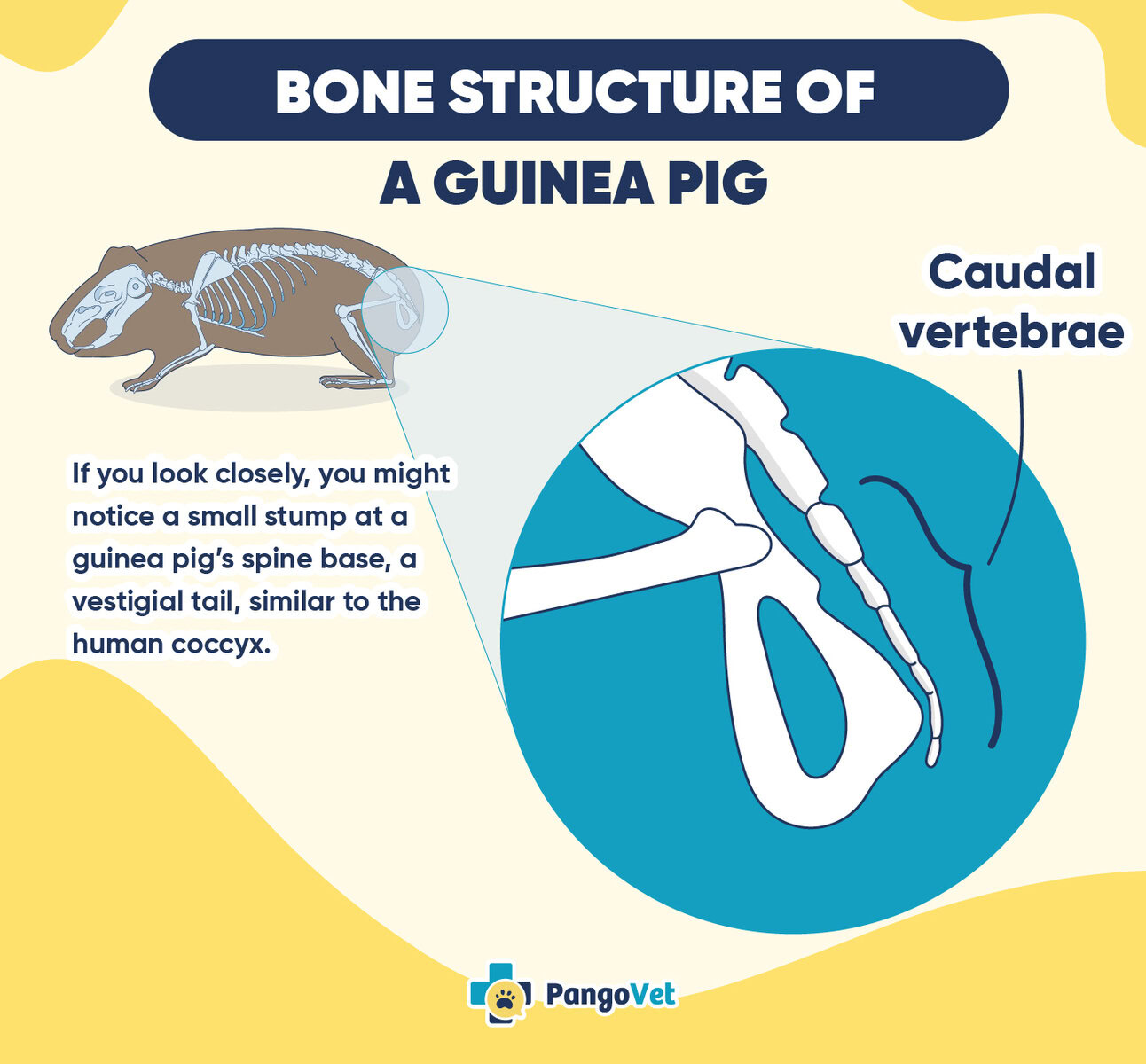
Why Don’t Guinea Pigs Have Tails?
In order to answer this question, we must first ask another:
What Is the Purpose of a Tail?
Why do some mammals have great big fluffy tails, while some have prehensile tails that can hold onto branches, or scaly, hairless tails that freak some people out, or short, stubby tails that can hardly move about? In most cases, it’s all to do with their lifestyle, habitat, and social interactions. The tail conformation of different dog breeds is very much the exception, as those tail differences have largely come about as a result of selective breeding.
- Communication
- Balance
- Hanging from branches
- Rudder
- Swatting insects
- Thermoregulation
- Water storage
For ground dwelling cavies like guinea pigs who communicate vocally, favor milder climates, and encounter fewer flies or mosquitoes at ground level, there is no real evolutionary advantage to having a tail, so it is a feature they simply didn’t evolve. Not having a tail has certain advantages when you are trying to creep through vegetation unnoticed, and gives predators one less appendage to be able to grab.
As members of the order Rodentia, prehistoric ancestors of the guinea pig may have possessed tails, but even their closest ancestor, the montane guinea pig (Cavia tschudii), whose history dates back to around 9000 BC, is tailless.
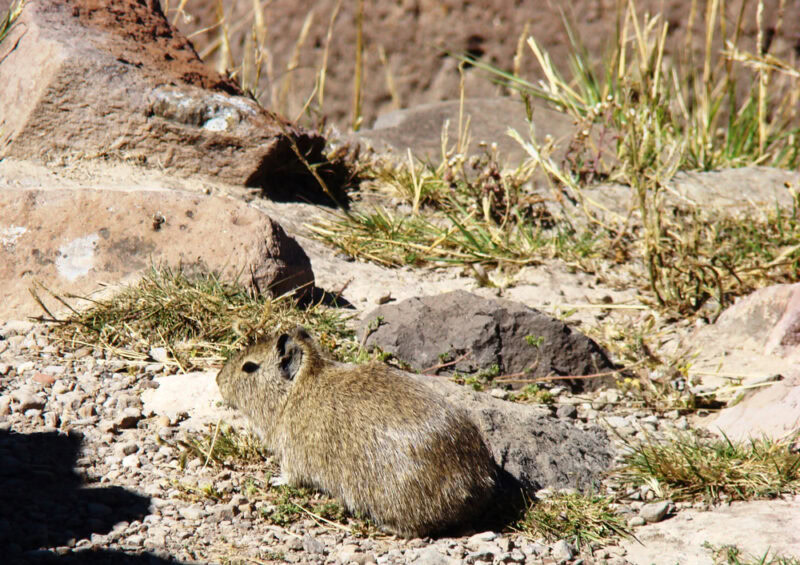
Guinea Pigs Are Active
Don’t let their lack of a tail fool you. They may not be flying through trees or leaping great heights, but these pint-sized pets have a lot more energy than a lot of people give them credit for. Although a cage or hutch is essential for keeping your pet cavies safe and secure, it should not be the start and end of their world. Guinea pigs should be allowed to exercise and explore, and a movable pen is a great way to let your pets enjoy a spot of sun and a patch of grass safely. Just make sure they are protected from too much sunlight and heat, and keep them out of cold drafts.
Guinea Pigs Are Social
Although they don’t use tails to communicate, guinea pigs are very social creatures, forming close knit communities that will often help take care of each other’s offspring and keep an eye out for danger. Guinea pigs should never be kept on their own, and in some countries, it is illegal to do so. Just be aware that guinea pigs can become sexually active from as young as 3-4 months old, so make sure you have your males and females identified and separated from a young age!
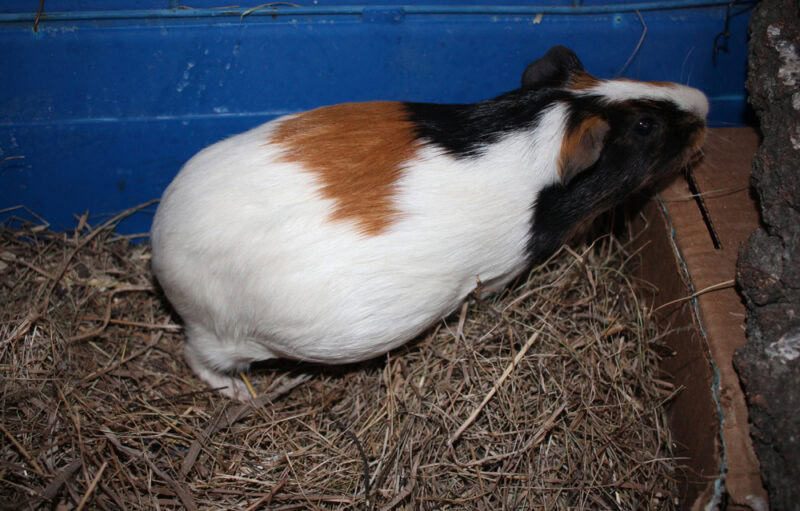

Wrapping Things Up
Guinea pigs are considered tailless, with only a few vertebrae extending past the pelvis. This isn’t a recent development, as their ancestors going back more than ten thousand years also lack tails. Their habitat, communications style, and form of locomotion make a tail redundant, which is why they have evolved without one.
Guinea pigs are great pets to own, have an interesting history and are relatively low maintenance in terms of their daily care cost and habit requirements. However, no pet should ever be considered truly ‘low maintenance,’ as each needs a lot of care, devotion, and special attention paid to their individual needs.
When considering whether to get a guinea pig, there are several factors to take into account. For example, you’ll want to consider the long-term commitment that comes with owning a guinea pig, as they have an average lifespan of 5 to 7 years. But, given their adorable faces and low-cost lifestyle, they’re definitely worth considering as pets!
Featured Image Credit: Piqsels







